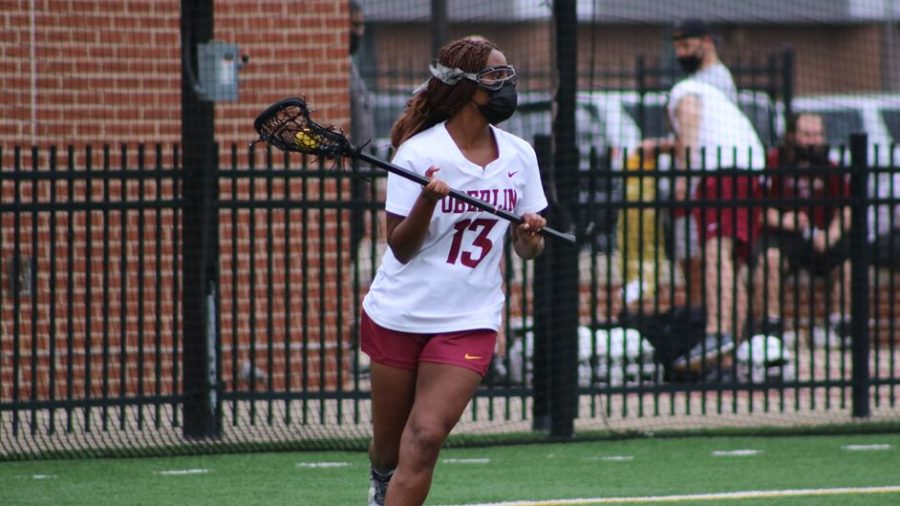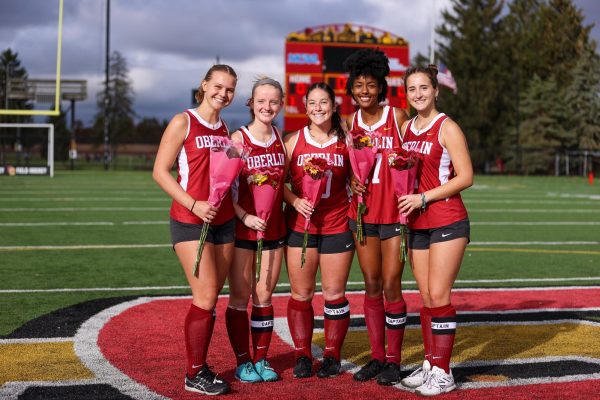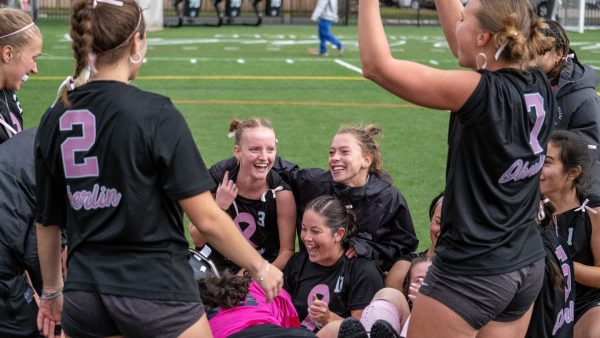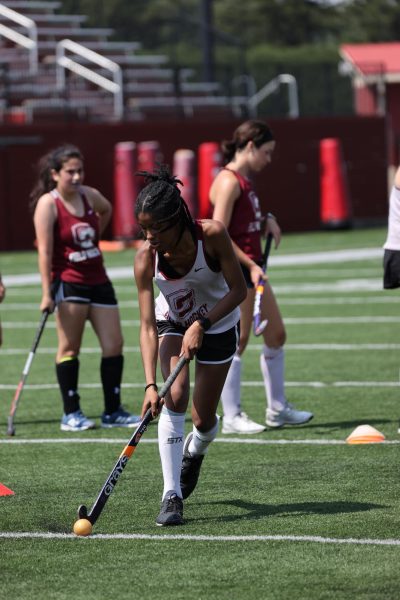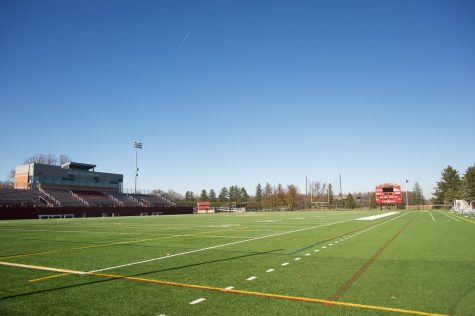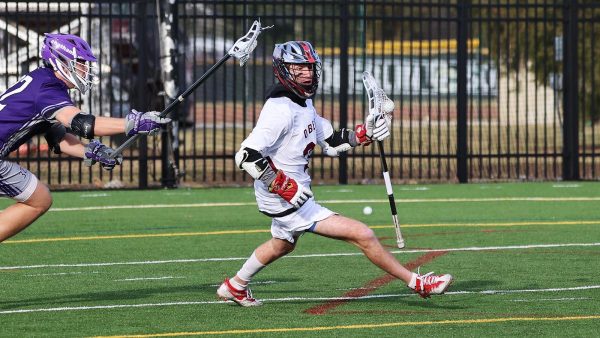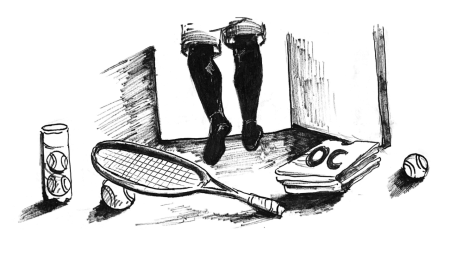Student-Athletes Reflect on Women’s History Month
Bette Imhoff looks to pass the ball on Bailey Field.
Women of color, especially Black women, continually face discrimination in the sports world and this month — Women’s History Month — is a reminder that we need to celebrate the diversity and beauty of womanhood in athletics.
Fourth-year captain of women’s lacrosse Bette Imhoff spoke on her experience being a Black woman in a predominantly white sport.
“Growing up in a predominantly white area, I was always the only Black girl on the team,” she said. “Joining a team, in the beginning, was tough because I was already distinguished as being different and an outsider, so I had to find a way to be accepted. They didn’t know me. I didn’t look like them. I was probably one of the first Black people they have seen. Therefore, they wouldn’t pass me the ball or ask me to be their partner during warmups.”
Despite these struggles, Imhoff thinks the extra barriers that she had to endure have made her a stronger, more empowered athlete.
“At a young age, I learned that I had to get my teammates’ respect before they would allow me to play,” she said. “For most athletes, sports give athletes a safe space. However, I had to create that safeness for myself — it wasn’t just given to me. Sports have allowed me to become self-empowered and prideful of being Black and a woman.”
In the field of athletics, the extra steps required of underrepresented women indicate the work that’s yet to be done. Imhoff highlights a possible solution for the lack of diversity in lacrosse, specifically, that children of all backgrounds should be able to get a sports education.
“Economically speaking, lacrosse is an expensive sport to play because of the pricey equipment and thus, excludes a majority of people from participating,” she said.
Third-year Solace Porter, who is also on the women’s lacrosse team, is thankful for the opportunity that Oberlin athletics has given her to build her self-confidence and sense of worth.
“Being POC in a majority white space, there is no one to look up to that you can relate to, and even in spaces like Oberlin where [diversity, equity, and inclusion] is supposed to be really important, there is still a cultural difference,” Porter wrote in an email to the Review. “But despite all this, having the Black Student-Athlete Group as a resource of like-minded and talented Black athletes is great. I have formed connections with former Black Oberlin athletes who have assisted me in securing internships, and I have been offered mentorship from current athletes.”
According to Porter, it is imperative that Oberlin students become more active in their support for Black students, especially Black women whose unique experiences often get ignored or go unsaid.
“As one of the few Black lacrosse players, I not only play lacrosse because I love the sport, but I play for young girls who look like me and who deserve the opportunity to play,” she wrote.
Second-year women’s lacrosse and field hockey player Emilie Jones thinks that the sense of togetherness among a community of strong women is of the utmost importance. As a white athlete, she acknowledges the privilege of her experience as a white person in sports — having been able to transcend certain stereotypes and create confidence for herself without the scrutiny of fellow women.
“Sports gave me a sense of confidence and empowerment, and a community who defied that timid aspect that is sometimes pushed onto women,” Jones said. “Being in athletics gives me so much power and confidence, and has made me a stronger, better person, more myself than I ever had been.”


